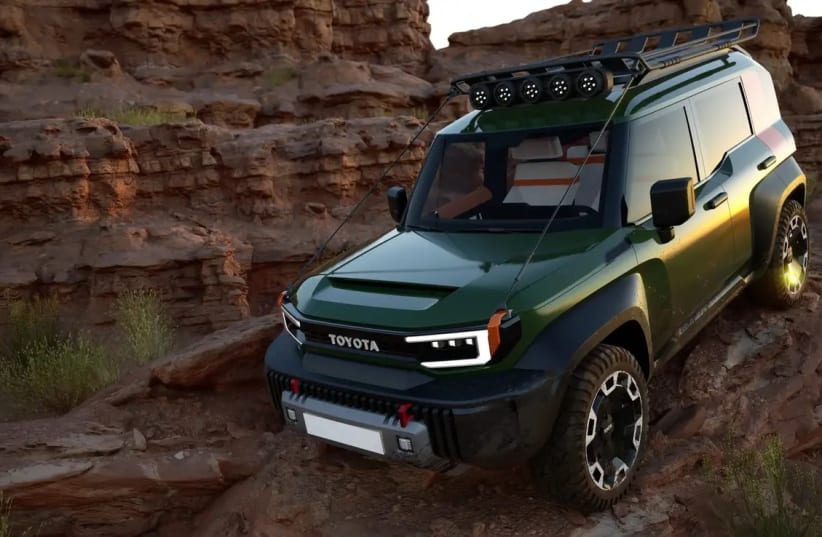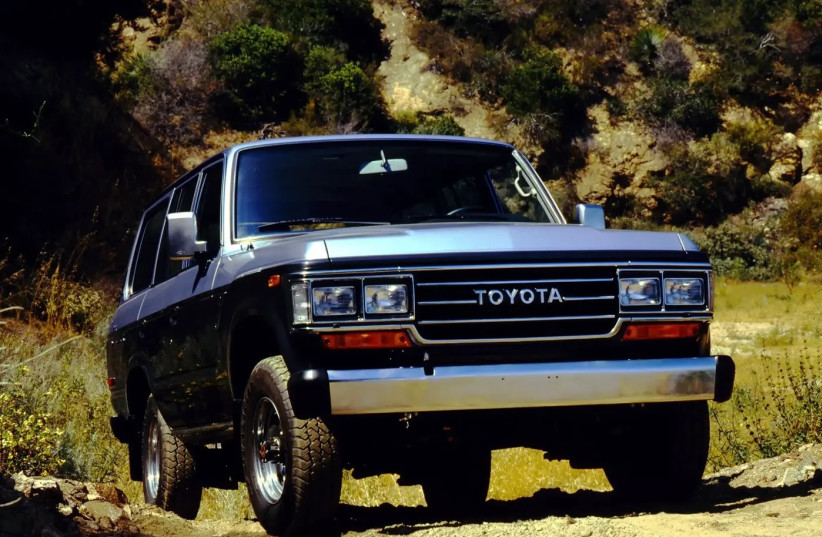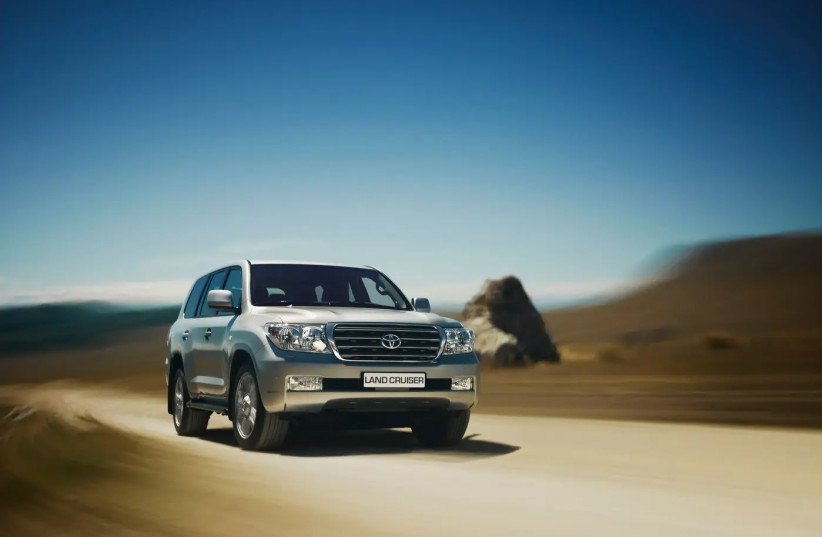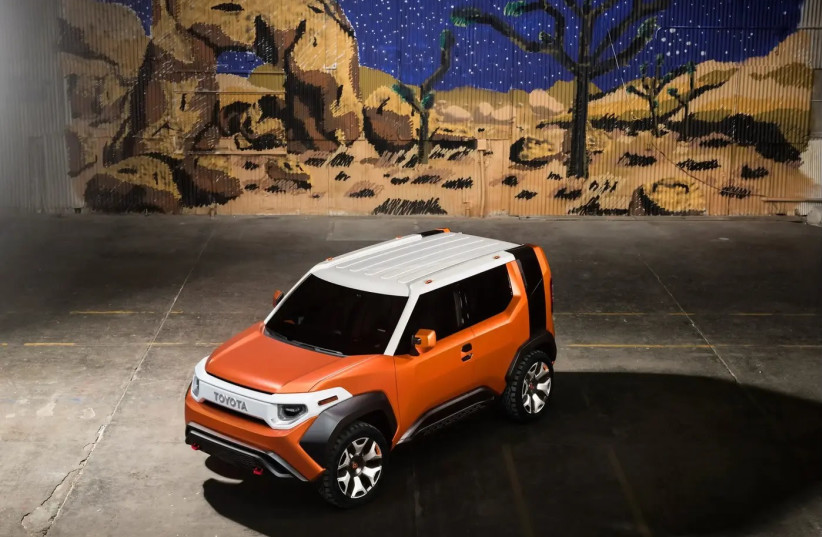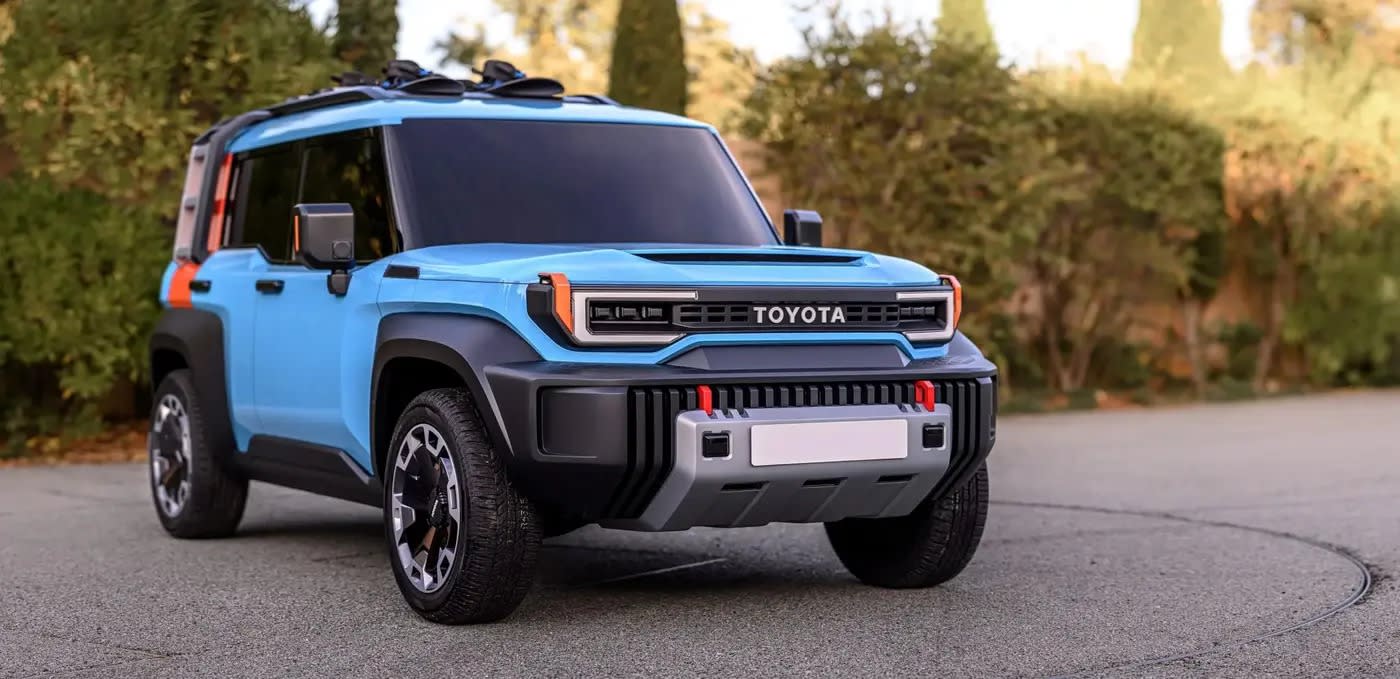Almost 40 years since the light-duty model of the Land Cruiser family set out on the road, known in Israel as the "Prado", the heir to the modern estate, the 250, is being presented. It is big, well-equipped, and will be more expensive than the current model. Up to this point, everything is familiar and clear. But in the meantime, almost without noticing, while the Prado is advancing forward and upwards on the motor ladder, a gap is once again created in Toyota's model lineup. A gap large enough to accommodate an additional model in this family. In a very rare meeting with Toyota's chief engineer, Kita Moritzo, and Erik Gustavson, the project leader in Europe, we asked them this exact question, whether Toyota intends to introduce another model, a true off-road vehicle below the 250.
To explain where, why, and how we need to look back at the history of the Land Cruiser. In 1985, a split occurred in the Land Cruiser family. Until that year, it consisted of two arms - a workhorse arm that included the tough "Series 70" and a terrain arm that was also suitable for more daily use and called "station wagon".At that time, it was the Land Cruiser 60 and in 1989 the 80. Toyota realized that a gap was forming between the two arms, a gap where customers interested in an off-road vehicle with high capabilities, but with refinement levels that would allow it to serve as a daily vehicle, and on the other hand, not be in the large dimensions and price tag of the 60 and the 80 series. The solution was the birth of a third arm - the light-duty versions softer for the rugged 70 initially, and later, starting from 1996, a completely redesigned and separate model.
The dimensions of the 60 and later 80 series that were considered the "big and expensive" ones in the family stood at a length of 4.67 meters and a wheelbase of 273 cm in the 60 series, and the 80 series that was considered very large in its time had dimensions of 4.82 meters in its latest versions, and a wheelbase of 285 cm. Since then, as is customary in the industry, the business only grew and expanded to the exaggerated and unnecessary dimensions of today's Land Cruiser 300.
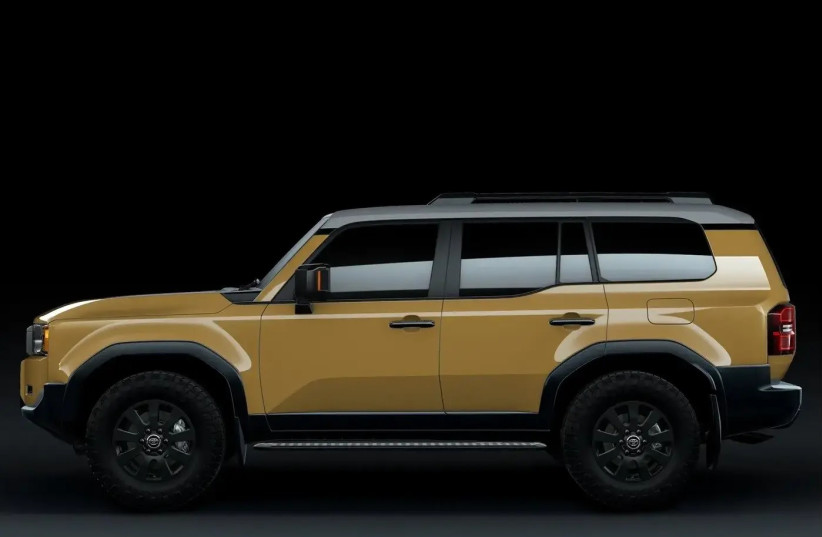
At the same time, the light-duty family also underwent an inflation process that was not stopped, and today's modern Land Cruiser 250 stretches to a total length of 4.92 meters with a wheelbase of 285 cm. This means that it is longer not only than the 60 and 80 series but also than the 100 series that replaced them, and in fact it is only 7 cm shorter than the 200 series that was created until 2021. In other words, the light-duty is no longer really light.
The implication is that as it was 40 years ago when this family was introduced, what actually emerges is a gap where the starting point of this series deviates from its original purpose. It is no longer light, not small, and certainly not cheap.
Both admit that there is indeed a gap in their model offerings and in fact a gap in the real off-road vehicles in the midsize range, ranging approximately between Suzuki Jimny and Jeep Wrangler for example. And yes, generally speaking, there are missing players today both in terms of dimensions and in terms of price ranges.
The question of whether Toyota sees an opportunity in this gap to reintroduce a vehicle they have already struggled to answer positively, at least directly. And if you haven't seen a Japanese engineer wriggling - you haven't seen a real rigmarole. A dazzling origami show worthy of appreciation by enthusiasts and attempts to bring the conversation back to the Land Cruiser. But without real success and on the third or fourth and a half attempt and in two separate opportunities, we managed to formulate in it "we definitely see such a model as something to consider, we cannot say that it is in the plan and deny it". In the language of car manufacturers, this usually translates to "yes".
